No products in the cart.
News
Microphone Selection Guide
Microphones are widely used in telephony, voice recognition, music recording, and more, playing a significant role in our daily lives and work. How do you choose the right microphone? Below, we will provide a detailed introduction to microphone types, purchasing tips, and some usage considerations, which will surely help you in selecting a microphone product.
Classification- How to select microphone
1 By Microphone Type
- Dynamic Microphones:—Wireless KTV host Microphone System
They have a simple structure, are stable and reliable, and are easy to use with low inherent noise levels, making them widely used in speech broadcasting and amplification.
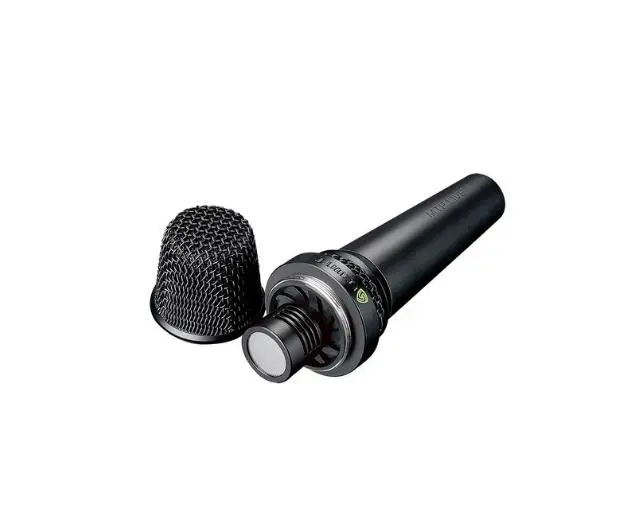
- Condenser Microphones:—Professional recroding microphone for live streaming
A common type of high-sensitivity, high-resolution microphone, also known as a condenser mic. It uses two metal plates separated by air and a small charge to detect vibrations and convert sound waves into electrical signals. It has good frequency response, low self-noise, and minimal distortion, making it a high-performance microphone often used in radio stations, television stations, film studios, and public address systems.
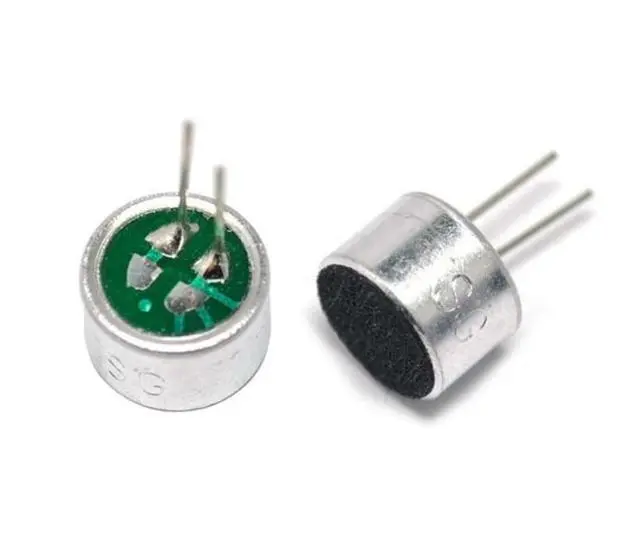
- Electret Condenser Microphones:
This type of microphone belongs to the condenser category and converts electrical signals by changing the distance between the two capacitor plates. It differs from pure condenser microphones mainly in the power supply method – one is self-powered while the other requires external power, with no inherent superiority between them.
2 By Usage Method
- Hanging Microphones:
Utilized with fixed mounts or microphone stands to minimize noise from vibrations. Commonly used in scenarios with multiple voices, where a cardioid microphone achieves better pickup.
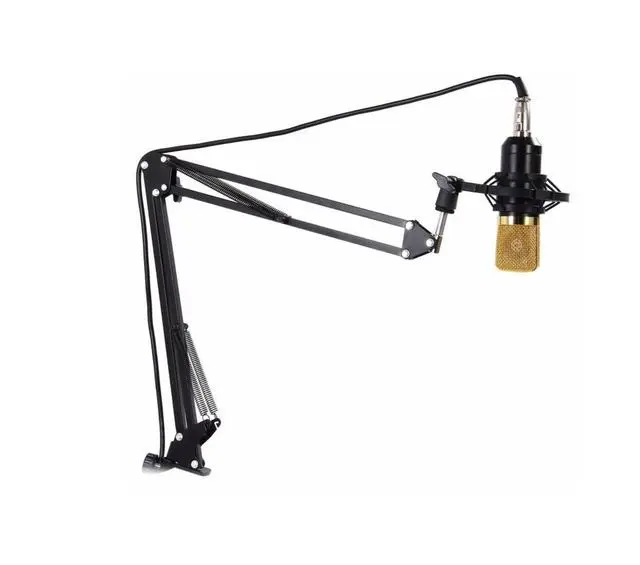
- Support Microphones:
Equipped with dedicated bases, suitable for various settings such as conference rooms, court presentations, business negotiations, and multifunctional halls.
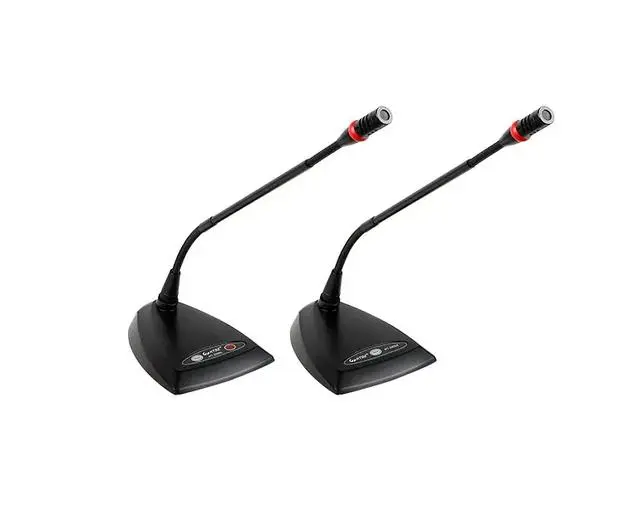
- Ear-Mounted Microphones:
Fixed to the ear, commonly used in professional stage performances such as dramas and skits.
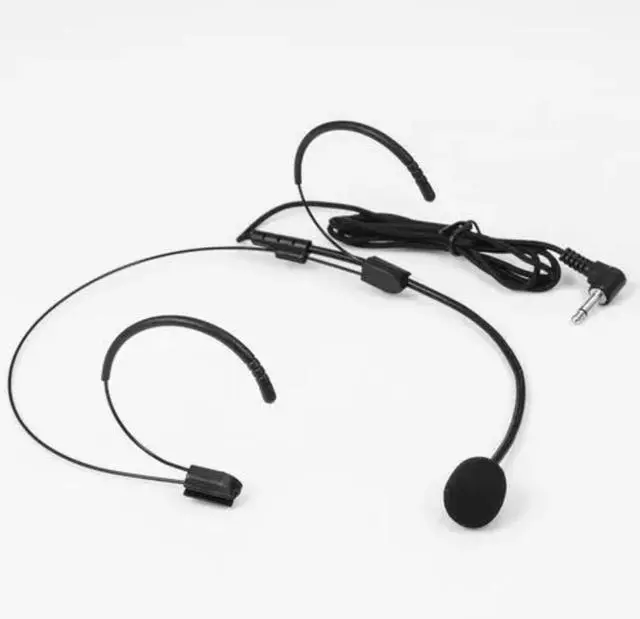
- Lavalier Microphones:—Professional Wireless Lavalier Lapel Microphone for iPhone
Clipped onto the collar, offering excellent pickup quality, often used in video streaming, online courses, and Vlog filming. Some models can be directly plugged into smartphones for recording on the go.
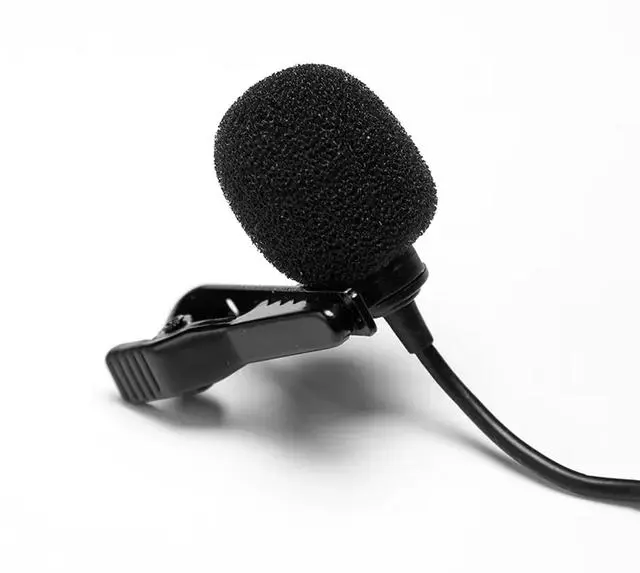
- Handheld Microphones:—Handheld wireless microphone
Used in hand, commonly for karaoke, live streaming, and wedding performances. They typically employ dynamic capsules, delivering a more authentic sound with rich quality.
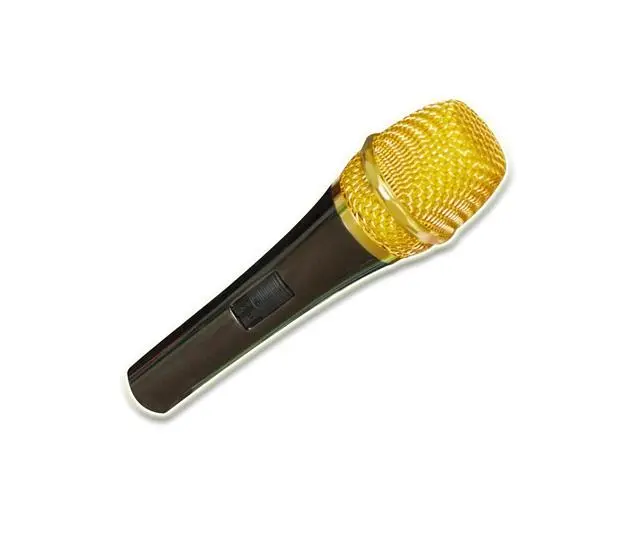
- Neck-Mounted Microphones:
Fixed in a neckband style, similar to neck-mounted headphones. They use Bluetooth or 2.4G connections and support audio feedback, suitable for video streaming, gaming, and outdoor broadcasts.
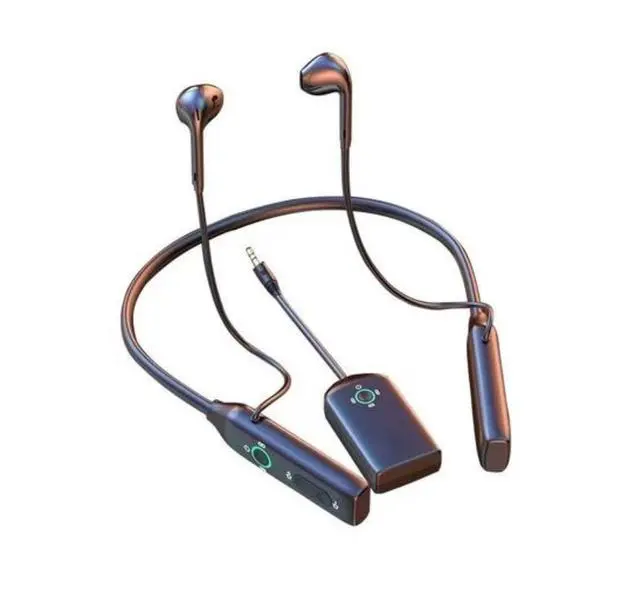
- Shoulder-Mounted Microphones:
Combining a microphone, sound card, and speaker, these are widely used in classrooms, speeches, square dancing, and in community activities. Their advantage lies in their convenient handheld design, which facilitates the transmission of clear sound.
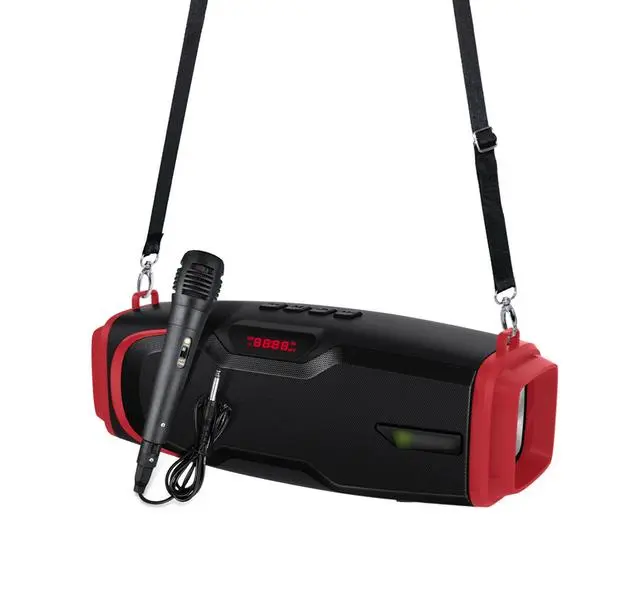
- Desktop Type—USB desktop condenser microphone for streaming
When in use, it is placed on a desk, offering advantages such as better sound pickup and stronger noise filtering capabilities. It has been widely used in scenarios like voice recognition, gaming, and audio chatting.
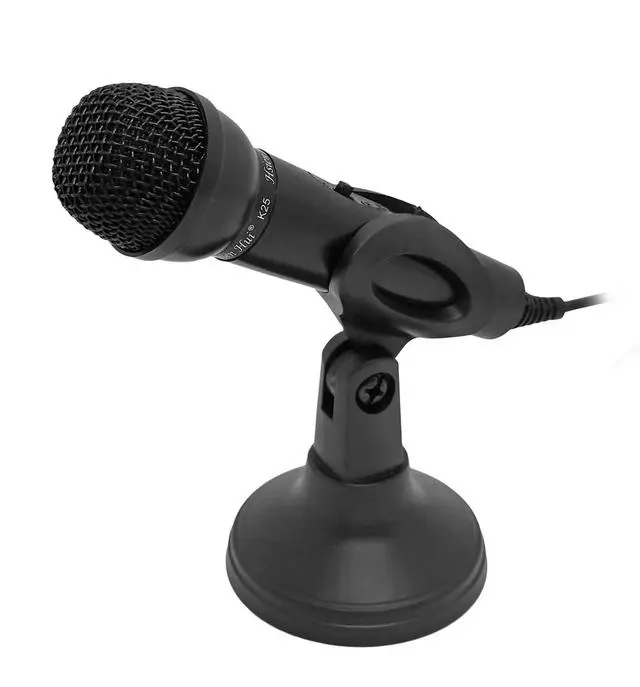
3 Transmission Methods
- Wired
Connects to devices such as PCs, speakers, or sound cards using audio cables. This method provides a stable connection, minimal data transmission loss, and high audio fidelity.
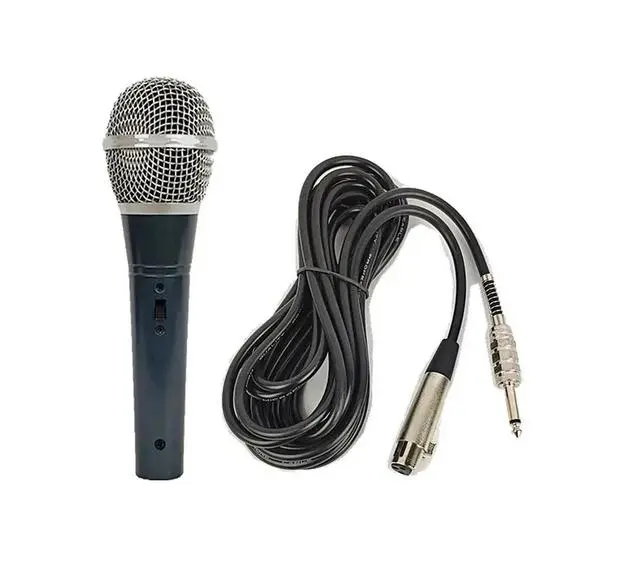
- Wireless—Wireless professional handheld microphone for karaoke
Utilizes Bluetooth, 2.4G, or other wireless connections to link to devices like PCs, speakers, or sound cards, allowing for more freedom of movement without being restricted by cables. However, signal stability can be an issue over long distances.
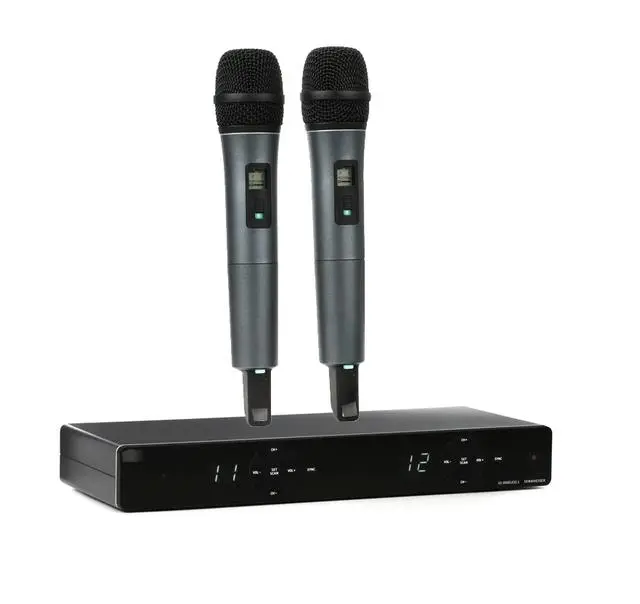
- Multi-mode
Supports multiple connection methods simultaneously, including wired and Bluetooth, 2.4G, etc. This allows for flexible choice of connection method based on actual needs, enhancing compatibility.

Considerations for Choosing a Microphone
- Usage Scenarios:
- Determine the occasion for which you will use the microphone (such as home use, professional recording, performances, live broadcasts, etc.); different purposes have different requirements for microphones.
- Acoustic Characteristics:
- Different types of microphones have varying audio quality, frequency response range, and sensitivity. For example, condenser microphones are suitable for recording detailed musical sounds, while dynamic microphones are more suitable for live performances.
- Connection Method:
- Decide whether you need a wired or wireless microphone. If you wish to move freely during performances or teaching, a wireless microphone would be a good choice.
- Brands and Prices:
- Choosing products from well-known brands usually ensures quality. At the same time, reasonably selecting based on your budget can help you find a microphone with a good price-performance ratio that meets your needs.
- Accessories:
- Consider if you need accompanying equipment such as stands, foam windshields, and audio interfaces. A complete system can help you better utilize the microphone’s performance.
Usage Precautions
- Maintain Proper Distance:
- When recording, keep a distance of at least 10 centimeters between the microphone and your mouth to effectively avoid the impact of breath sounds and saliva splashes on the recording.
- Avoid Putting Your Mouth Close to the Microphone:
- Keeping your mouth too close to the microphone not only destroys the microphone’s frequency response characteristics but may also pose health risks, as the microphone grille may harbor many bacteria.
- Do Not Hit the Microphone:
- The pickup part of the microphone is structurally delicate; hitting or blowing on it can cause damage or displace internal components, thereby affecting audio quality.
- Correct Placement:
- The microphone should be placed in clean, dry areas without corrosive gases or dust to avoid drops and collisions, thereby extending its lifespan.
- Regular Cleaning:
- To maintain audio quality, clean the surface of the microphone regularly to avoid the accumulation of bacteria and dirt. Use specialized cleaning tools, but be careful not to exert excessive force that could damage the device.
Conclusion
In summary, microphones play an important role in modern life. Whether in everyday conversations, music recording, or voice recognition, microphones are indispensable devices. With the continuous advancement of technology, the technology of microphones is also improving, bringing more convenience and enjoyment to people’s lives. Understanding their classification, the considerations for purchasing, and the correct usage methods can help you achieve a better audio experience and fully leverage the capabilities of the microphone.
